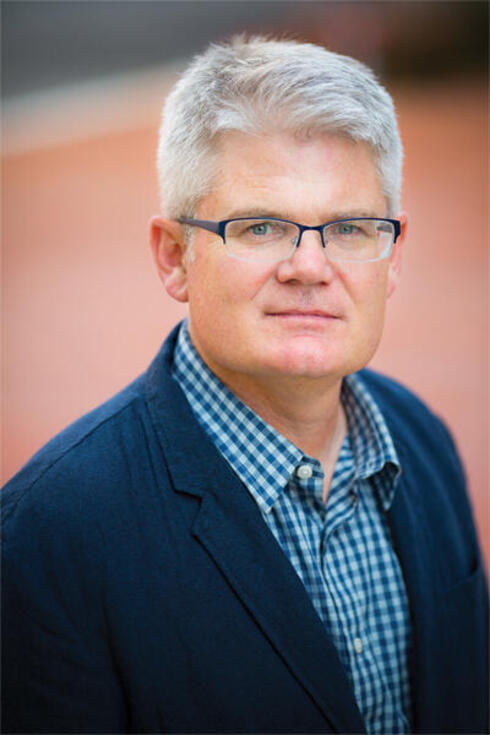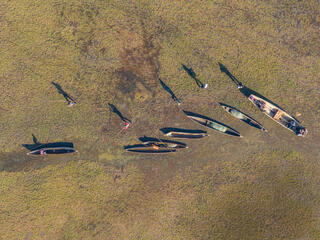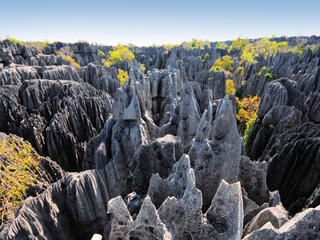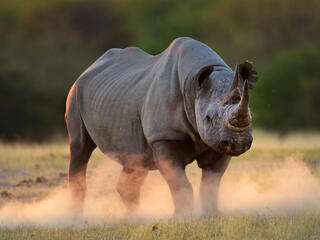I was on track to go to law school when a graduate research trip to Belize changed my life. I was part of a multidisciplinary team of young academics when I met several WWF staff members and was astounded to learn that conservation was an actual career. Back in Washington, DC, I headed to WWF to ask for an internship.
What fired my imagination in Belize still drives me today. For the last 20 years, I’ve been working to ensure biologists, civil society organizations, and communities around the world have the resources they need to achieve their long-term conservation goals.
The truth is, conservation has become even more complex than it was a couple of decades ago. We are depleting our natural resources faster than we can restore them. But many developing nations appreciate how protected areas help conserve biodiversity by storing and sequestering greenhouse gases and providing income, fuel, water, and food to more than a billion people worldwide.
Funding the protection of these areas in developing countries is a massive challenge, with an estimated $2.5 billion needed annually to effectively manage their existing protected areas and only about $800 million on hand.
I believe WWF’s Earth for Life initiative represents our best chance to close that funding gap and protect what’s left of these intact natural systems in ways that benefit and support the rights of communities and Indigenous peoples. The program structures deals, usually in partnership with national and/or local governments, to finance long-term conservation outcomes. Drawing on lessons from the finance sector, future costs are modeled, commitments are made, and once a deal is struck financial pledges become legally binding. And theoretically, Earth for Life guarantees such protections forever.
This approach helps minimize the risk of large conservation projects being derailed by shifting agendas. It also empowers the community of donors. Smaller investors know their money will be effectively used, with fewer surprises down the line. And their donations give larger investors the confidence to make bigger contributions. All parties know that the funds they pledge will help protect nature beyond the lifetime of an individual and that the money will be managed transparently according to pre-negotiated rules.



